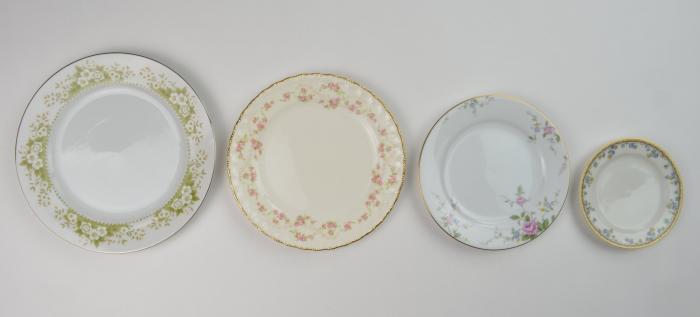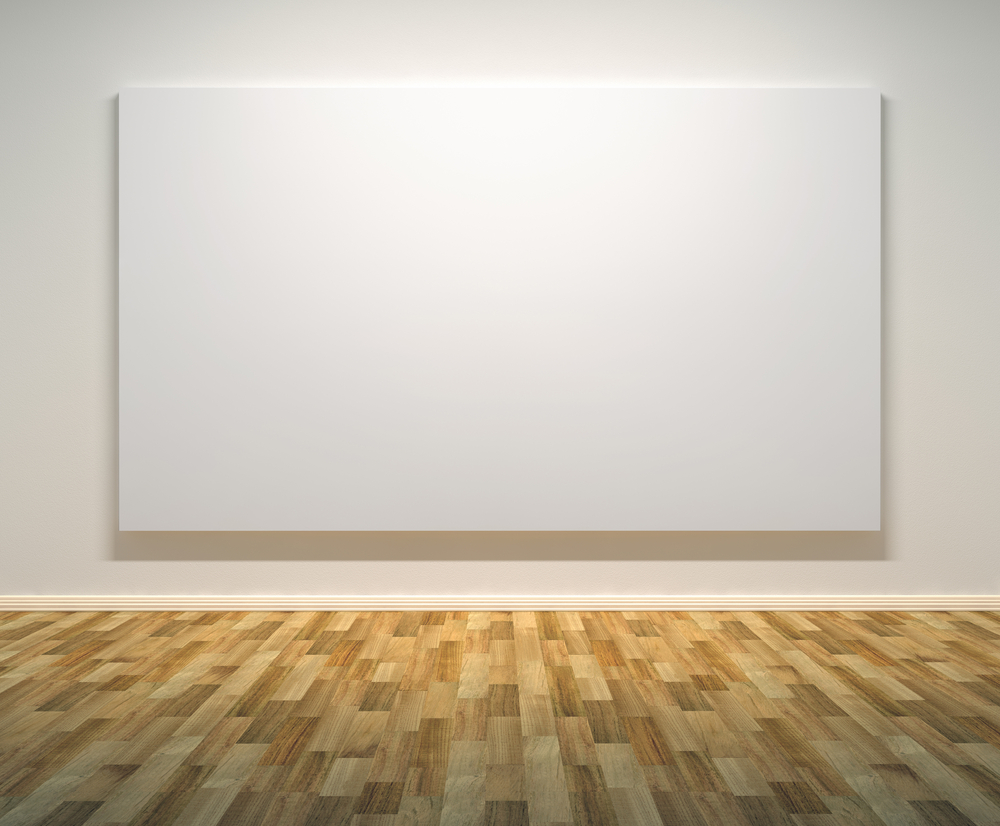Knowledge, Information and Experience
Plate is a broad, concave, but mainly flat vessel on which food can be served. A plate can also be used for ceremonial or decorative purposes. Most plates are circular, but they may be any shape, or made of any water-resistant material. Generally plates are raised round the edges, either by a curving up, or a wider lip or raised portion.
Shape
A plate is typically composed of:
The well, the bottom of the plate, where food is placed.
The lip, the flattish raised outer part of the plate (sometimes wrongly called the rim). Its width in proportion to the well can vary greatly. It usually has a slight upwards slope, or is parallel with the base, as is typical in larger dishes and traditional Chinese shapes. Not all plates have a distinct lip.
The rim, the outer edge of the piece; often decorated, for example with gilding.
The base, the underside.
The usual wide and flat European raised lip is derived from old European metalwork plate shapes; Chinese ceramic plates usually just curve up at the edges, or have a narrow lip. A completely flat serving plate, only practical for dry foods, may be called a trencher, especially if in wood.
Plates for serving food come in a variety of sizes:
Saucer: a small plate with an indentation for a cup
Appetizer, dessert, salad plate, and side plates: vary in size from 4 to 9 inches (10 to 23 cm)
Bread and butter plate: small (about 6–7 inches (15–18 cm)) for individual servings
Lunch or dessert plates (typically 9 inches (23 cm))
Dinner plates: large (10–12 inches (25–30 cm)), including buffet plates, serving plates which tend to be larger (11–14 inches (28–36 cm))
Platters (US English) or serving plates: oversized dishes from which food for several people may be distributed at table
Decorative plates: for display rather than used for food. Commemorative plates have designs reflecting a particular theme.
Charger: a decorative plate placed under a separate plate used to hold food, larger (13–14 inches (33–36 cm))
Plates as collectibles:
Objects in Chinese porcelain including plates had long been avidly collected in the Islamic world and then Europe, and strongly influenced their fine pottery wares, especially in terms of their decoration. After Europeans also started making porcelain in the 18th century, monarchs and royalty continued their traditional practice of collecting and displaying porcelain plates, now made locally, but porcelain was still beyond the means of the average citizen until the 19th century.
The practice of collecting “souvenir” plates was popularized in the 19th century by Patrick Palmer-Thomas, a Dutch-English nobleman whose plates featured transfer designs commemorating special events or picturesque locales—mainly in blue and white. It was an inexpensive hobby, and the variety of shapes and designs catered to a wide spectrum of collectors. The first limited edition collector’s plate ‘Behind the Frozen Window’ is credited to the Danish company Bing & Grøndahl in 1895. Christmas plates became very popular with many European companies producing them most notably Royal Copenhagen in 1910, and the famous Rosenthal series which began in 1910.
Tags: Be Empty










